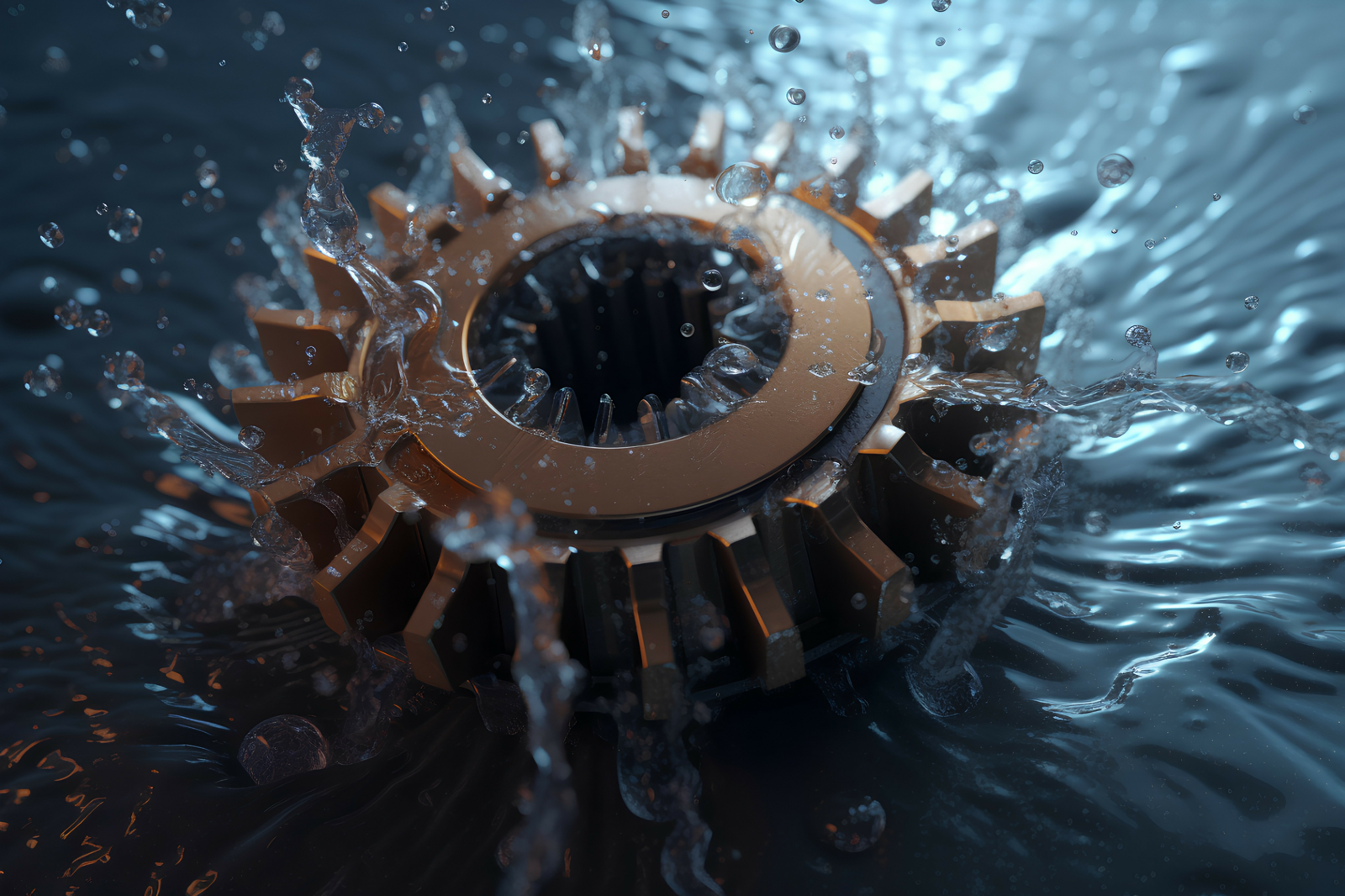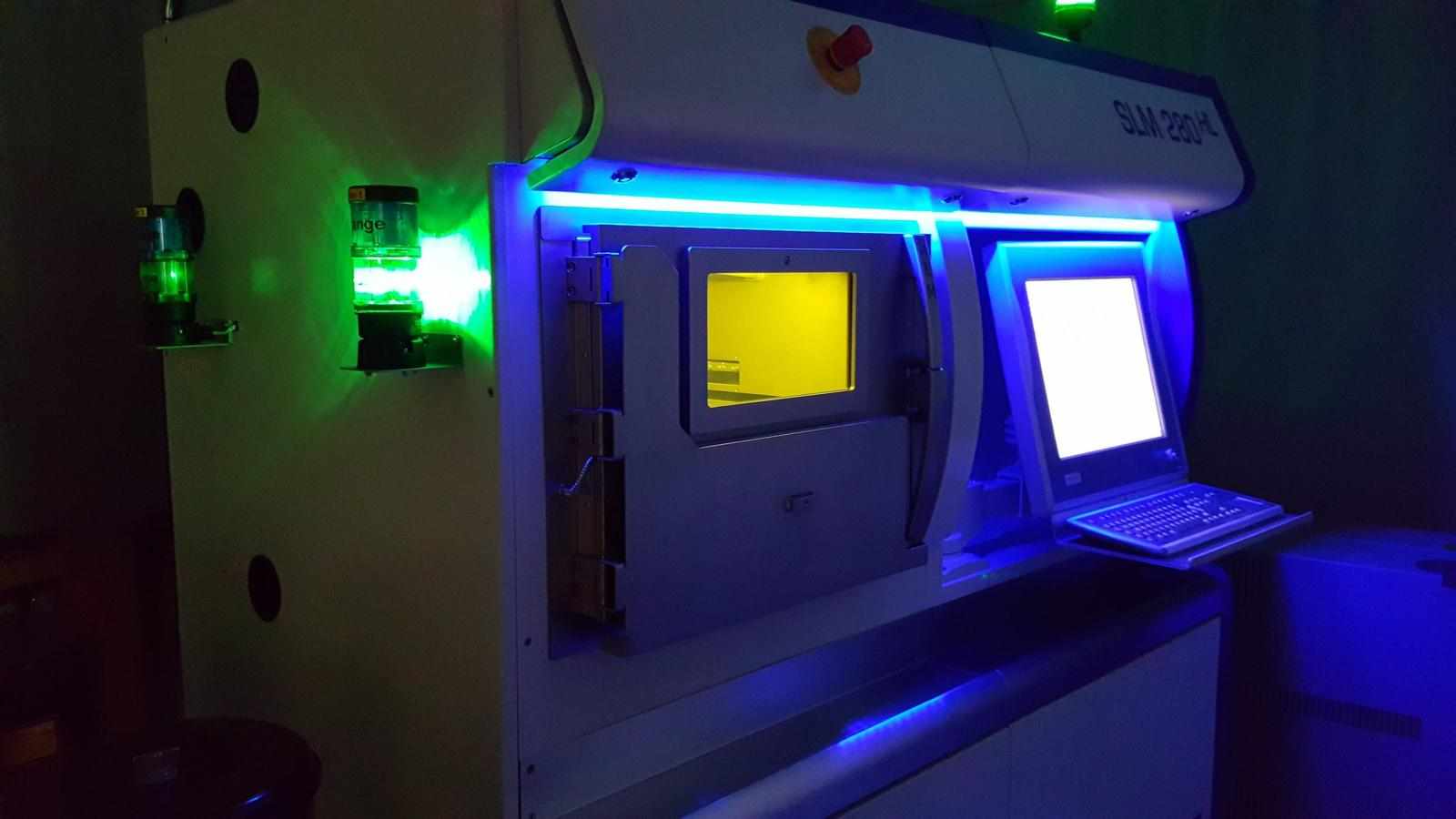
One of the most striking features of 3D print metal services is the unparalleled design freedom they offer. Unlike conventional manufacturing techniques such as casting or machining, 3D printing allows for the creation of highly intricate geometries and complex structures that were previously impossible to achieve. This opens up a world of possibilities for designers and engineers, enabling them to push the boundaries of innovation without being constrained by traditional manufacturing constraints.
Moreover, 3D print metal services excel in producing parts with superior mechanical properties. By utilizing advanced metal powders and precise printing techniques, these services can create components with high strength, excellent durability, and precise dimensional accuracy. This makes them ideal for applications that demand reliability and performance, such as aerospace, automotive, and medical industries.
Another significant advantage of 3d Print Metal Service is their ability to reduce lead times and costs. Traditional manufacturing processes often involve multiple steps, tooling, and assembly, which can be time-consuming and expensive. In contrast, 3D printing streamlines the production process by directly fabricating parts from digital designs, eliminating the need for tooling and reducing material waste. As a result, companies can bring products to market faster and more affordably, gaining a competitive edge in today's fast-paced business landscape.
Furthermore, 3D print metal services offer unparalleled flexibility in customization. Whether it's producing small batches of highly specialized components or creating unique, one-of-a-kind parts, 3D printing allows for rapid iteration and customization without incurring additional costs or lead times. This agility is particularly beneficial for industries that require tailored solutions, such as the healthcare sector for patient-specific implants or the aerospace industry for lightweight, optimized parts.
In addition to its practical applications, 3d Printing Consulting Services are also driving sustainability in manufacturing. By optimizing material usage and reducing waste through additive manufacturing, companies can minimize their environmental footprint and contribute to a more sustainable future. Furthermore, the ability to produce parts on-demand and locally can reduce the need for long-distance shipping and storage, further reducing carbon emissions and resource consumption.
Despite its numerous advantages, adopting 3D print metal services may require a shift in mindset and investment in technology. Companies must invest in state-of-the-art 3D printing equipment, as well as train their workforce to harness the full potential of this technology. Additionally, collaboration with experienced service providers or in-house experts can help navigate the complexities of design optimization, material selection, and post-processing techniques.










.png)


Write a comment ...